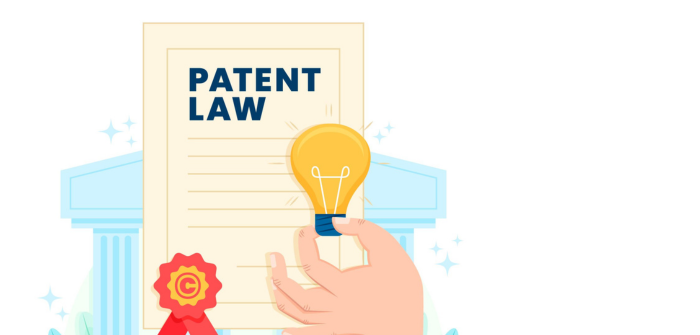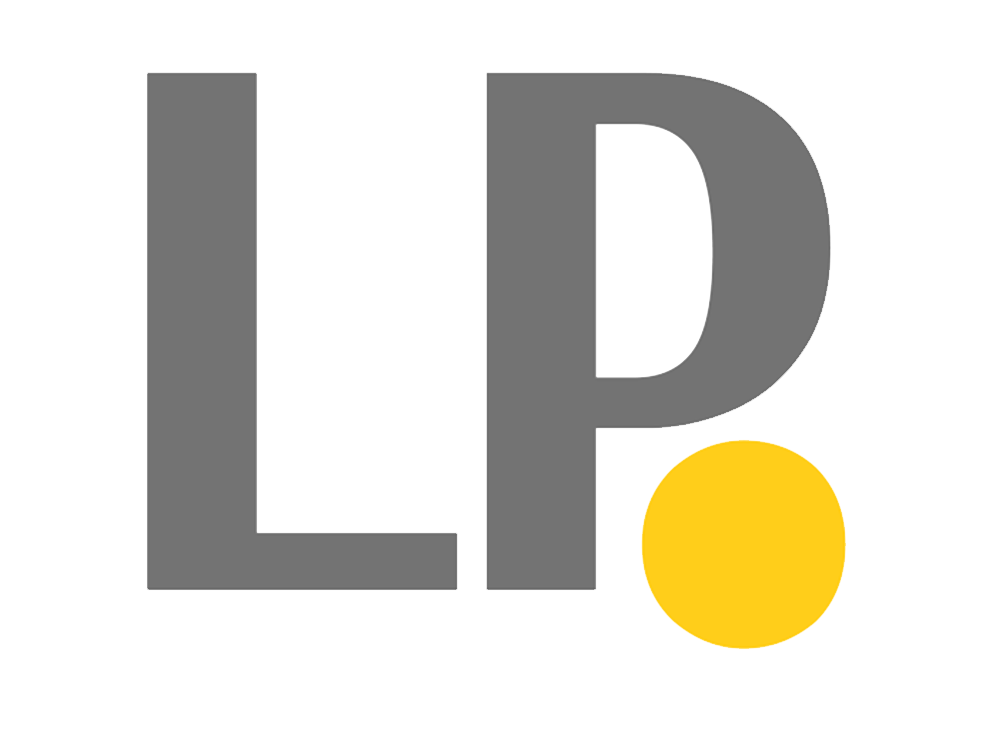
A patent is an exclusive right awarded for an invention. An invention is a product or a technique that, in general, offers a new way of doing something or presents a new technical solution to a problem. A patent is like an investment for an inventor to use the invention solely or earn through licensing it.
In India, patent protection can be achieved by the following:
A patentee has the choice to prevent others from producing, using, practising, or selling the invention without his permission after receiving a patent.
A patentee can transfer the ownership of the patent to another to use the invention by way of:
Assignment
Assignment is not defined in Indian Patents Act. The patentee transfers all or a part of his patent rights to the appointee who obtains the right to prevent others from creating, utilising, practising, or disseminating the invention. Section 50(3) of the Patents Act, 1970 states that in case a patent is co-owned by two or more individuals, any share of the patent cannot be assigned to anyone else without the consent of all co-owners.
Types of Assignment
There are three types of assignments.
An assignment (or consent to appoint) under a valid patent is one in which the trustee may identify himself as the patent owner. A deed must be used to allot a patent that was created through one. All patent rights are granted to a duly appointed person who is qualified to be its owner.
Any form or agreement including a letter in which the proprietor agrees to share a certain share of the patent with another individual is referred to as the equitable assignment of the patent. In any case, an appointee in such a situation is not eligible to have his name listed as the patent owner in the register. However, they can notify the register of their interest in the patent.
Mortgages are assignments in which the owner transfers all or a portion of their rights to the assignee in return for a fixed sum of money. The owner regains full ownership of the mortgaged property once the debt has been settled. The lender must have their name listed in the register as a mortgagee rather than registering themselves as the proprietor.
Requirements for Patent Assignment
Amending Patent Assignment Agreement
The parties to the assignment may agree to change certain provisions of the agreement in the event of an infringement or mutual concession. The equitable assignment deed can primarily be used to process amendments to patent assignments. If the deed needs to be changed, it must be registered with the Controller of Patents before the assignment process is complete.
Termination of Patent Assignment Agreement
Since a deed is permanent and irrevocable, it cannot genuinely be terminated. A patent assignment pretty essentially constitutes a choice that cannot be undone. If it is a mortgage assignment deed, it can only be terminated.
Licensing
Patent licensing is a process of granting permission to a third party to extract benefits by selling and using the licensed product. The patent owner gives license to a third party to use his patented invention based on the agreement and royalty. The license can be given for a period of time as per the mutual understanding between patent owner and licensee. During this time period, the licensee can use patented invention and can take financial benefits.
Licensing is a contract between two parties where licensor agrees the terms and conditions of patent owner. Since it is a contract or agreement, it must follow the Sections 10 and 11 of Indian Patent Act 1970. As per Section 68 of the Patent Act 1970, the agreement must be in writing.
Types of License
There are eight types of patent licencing as follows:
Exclusive licencing grants the licensee all rights, excluding the title to the innovation. Patent ownership is transferred from the patent owner to the licensee. Only the invention's title belongs to the patent holder. As a result, the licensee takes on all of the invention's obligations. The patent cannot, however, be licenced to another party by the licensee. It is given solely to him/her. As a result, the only individual with permission to exploit the patented invention is the licensee.
In Non Exclusive Licensing, the license of the patent can be granted to more than one party and all of them can commercialize the patent into the market. Thus, patent owner has rights to license his patented invention to more than one party.
Licensee has rights to issue Sub license to different organizations for making the product of patented invention. Patent owner give rights to licensee and the licensee has the right to issue the license further to a third party that can use patented invention. The financial benefits will depend on the contract between the primary licensee and third party.
Cross-Licensing is the exchange of licenses between different organizations and creators. When invention requires the support of other products to make its place in the market, Cross-Licensing process is used.
Licencing on a voluntary basis is a gesture of goodwill towards the community. It also applies to patents for medicines. With voluntary licencing, the owner of a patent can grant the right to produce, import, or distribute a pharmaceutical product to other parties on an exclusive or non-exclusive basis. The licensee is allowed to sell and distribute the goods in a market, according the agreement. According to the terms and conditions outlined in the contract, the patent owner receives their royalty.
In Compulsory Licensing, the authorization is given to a third party to make, use or sell a patented invention without the consent of patent owner. According to the Sections 84 and 92 of Indian Patent Act 1970, if the specified conditions are satisfied, license can be granted to a third party without permission of patent owner. According to Section 84 of IPA 1970, any person who is interested or already the holder of the license under the patent can request to the Controller for grant of Compulsory License after three years from the date of grant of that patent. The patent office considers the nature of the invention, ability of the applicant to use the invention for the public interest, any measures already taken by the patentees or any licensee to make full use of the invention and time elapsed from grant of the patent. Compulsory Licensing is usually reserved for pharmaceutical patents. Government allows someone to practice patented invention to make, use or sell patented invention without taking permission of patent owner for the public benefits.
This strategy is appropriate when the potential licensee is not using the patented innovation and is not obligated to obtain a licence. In this situation, the patent holder must persuade the party to use his product and explain how licencing it can be advantageous for them. In a marketing strategy known as carrot licencing, the owner of the patent tries to demonstrate to the licensee what may be accomplished by purchasing a licence for it.
Stick Licensing is another approach of licensing which is totally contrast of the carrot licensing. In Stick Licensing approach, prospective licensee is already using the patented technology and thus infringing the patent. The patent owner can file a suit against the infringer or settle with the infringer agreeing to license his patent.
|
Assignment |
License |
|
Assignment refers to the transfer of ownership and of the patent to the assignee. |
A license grants you the permission to use any patented invention, which would otherwise be referred to as infringement. |
|
Assignments must be executed in writing. |
Licenses can be granted without any written documentation. |
|
Assignees don’t need to pay any royalties to the original owner. |
Licensees may be expected to pay certain royalties in exchange of using the inventor’s product. |
|
As you become a proprietor of the patent, it may be a bit expensive to get an assignment. |
Licenses are much cheaper than assignments as you will also be paying some royalty in exchange of using the patent. |
Transmission of Patent by Operation of law
When a patentee passes away, the patent's premium passes to his legal representative. If an organisation dissolves, goes out of business, or is liquidated, the patent is transferred by legal means.
Conclusion
A licence is the right granted to use the creation while keeping the exclusive rights with the patentee, whereas an assignment is the exchange of a variety of restriction rights by the patentee to the appointee. As a result, an appointee may transfer his privileges to third parties, whereas a licensee is not permitted to do so or to modify the title of his position.
An appointee is given all of the rights that the patent owner can enjoy, whereas a licensee is not permitted to do so. Additionally, an appointee has the right to file a lawsuit against the infringer while the licensee is not permitted to do so for the infringement of the patent in his name. The patentee can select the best strategy for commercialising his or her discovery after learning the difference between assignment and licence from the aforementioned information.
© 2026 Business Consultant & Law Firm - Legacy Partners. All Rights Reserved.
Designed by Nuewelle Digital Solutions LLP

Legacy Partners
We typically reply in a few minutes